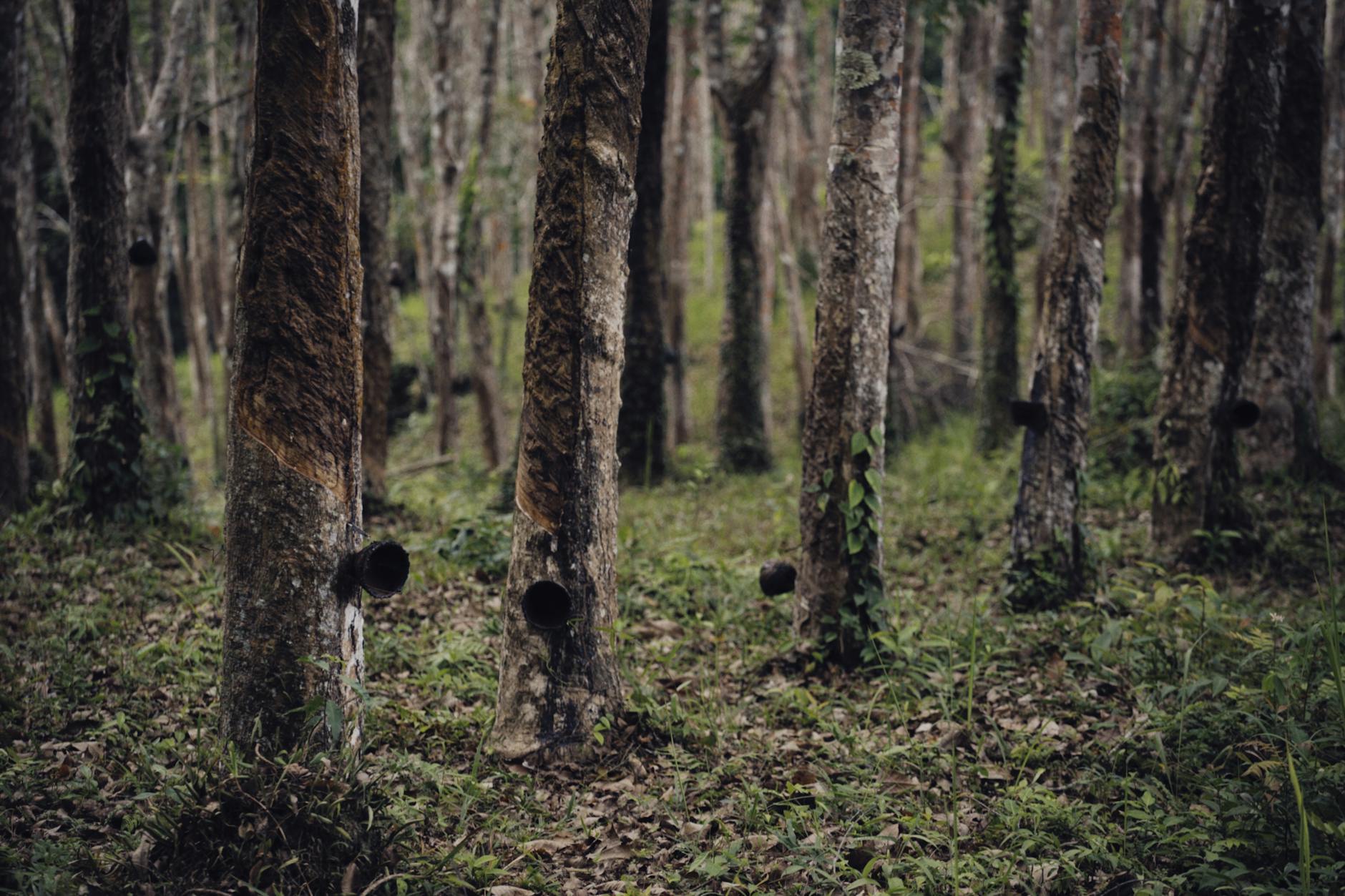Hi, welcome to this blog on Characteristics of plantation agriculture in West Africa.
Table Of Contents
- Define the term plantation agriculture, using such attributes as monoculture.
- Features or Characteristics of plantation Agriculture
- Describe how plantations are managed.
- Describe the requirements for plantation agriculture
- Enumerate the crops involved.
- Discuss the problems and current trends in plantation agriculture.
- Discuss the significance of plantational Agriculture in the nation’s economies.
Definition of Plantation Agriculture
Plantation agriculture is defined as the cultivation of certain crops on large area of land or plantation.
Features or Characteristics of Plantation Agriculture
- It improves the cultivation of only one types of crop on a piece of land, i.e, mono-culture.
- It requires a large area of land (large scale).
- Plantations are mostly owned by government and large foreign or local companies.
- It requires a large capital to operate, i.e, it is highly capital intensive.
- It requires a large labour Force.
- All farm operations are mechanized.
- Cash crops like cocoa, rubber and oil palm are mainly grown.
- Crops produced are mainly exported.
- It last for a very long time, i.e, it is usually perennial in nature.

Favourable Factors for Plantation Agriculture
- The sub-equatorial type of climate with adequate rainfall favors the cultivation of cash crops.
- Fertility of the soil, especially the volcanic soils in East Africa.
- Presence of large market to consume or use the produce.
- The nature of relief, i.e, presence of undulating/flat plains especially in East Africa promotes the cultivation of some crops like tea and coffee.
- Availability of good transport network like roads, rail and water.
- Some historical factors like early contact with the Europeans also favor the system.
- Availability of cheap labour and adequate capital.
Areas of Plantation Agriculture
1. In West Africa: The areas of plantation agriculture includes:
- Cocoa plantation in West of Nigeria (ibadan, akure).
- Rubber plantations in Benin.
- Oil palm plantations in Benin, Aba and okitipupa (Nigeria).
- Rubber plantation in Howbel (Liberia).
- Cocoa plantation in Kumasi (Ghana) etc.
2. In East Africa: The areas of plantation agriculture include:
- Tea and tobacco plantation in Kenya.
- Coffee plantation in Uganda
Requirements for establishment of plantation agriculture
- There must be availability of several hectares of land.
- There must be availability of large unskilled Labour.
- There must be enough capital to set up and operate the plantation.
- There must be availability of skilled Labour to manage the plantation.
- There must be regular water supply in form of rain or irrigation.
Differences between Plantation Agriculture and West Africa and East Africa
- In West Africa, colonial Masters did not encourage plantation agriculture, while in East Africa it was encouraged.
- In West Africa, the scale of production in plantations is relatively smaller than in East Africa, because of early involvement by colonialists.
- Uniformity of climate in West Africa has made For limited variety of plantation crops, while in East Africa varied climate provide for varied plantation crops.
- In West Africa, the contributions of plantation crops to national revenue is less significant when compared to East Africa countries.
- In East Africa, plantations are dominated by foreigners, while in West Africa, they are owned by Africans.
- In West Africa, plantations are on fertile lowlands, while in East Africa, they are on Highlands.
- In East Africa, management of plantations is more efficient than in West Africa.
Benefits or Importance of Plantation Agriculture
- Cash crops like rubber, cocoa, tea and coffee when exported, yield foreign exchange for a country.
- Crops produce provide raw materials for industries, e.g, cocoa for beverage industries.
- It provides employment for many people.
- It is a source of income to farmers.
- Farmers learn and acquire new skills.
- Plantations are centers of tourist attraction.
- It leads to development of areas where plantations are sited.
- They are centers of agricultural research.
- Plantations also provide food and cash crops for the populace.
- It leads to development of infrastructure, e.g, roads.
Problems of Plantation Agriculture
- Problem of inadequate capital to run the plantation effectively.
- It leads to reduction of land for town development since plantations cover vast areas.
- Difficulties in acquisition of large expense of land.
- Lack of enough skilled Labour to mount plantations in rural areas.
- Lack of good roads and modern infrastructure in plantation sites.
- Easy spread of diseases and pests since the same single crops is cultivated yearly or permanently.
- Problems of foreign ownership, labour unrest, high cost of spare parts, fluctuation in prices, etc.
Solution to the Problems of Plantation Agricultu
- Provision of loans or credit facilities to plantation farmers.
- Provision of roads and other infrastructure in rural areas where plantations are located.
- Good incentives to skilled personnel to take up jobs in plantation farms.
- Proper management, e.g, prevention of disease outbreak.
- Government participation in plantation agriculture.
- Provision of spare parts for Machines at reduced rates.
- Individuals to form cooperative societies to pull resources together and acquire large areas of land.
Revision Questions
- Discuss plantation agriculture under the following headings (a) definition of plantation agriculture (b) factors for plantation Agriculture (c) Areas of plantation agriculture (d) importance of plantation agriculture.
- Describe any five distinguishing features of plantation agriculture in East Africa.
- Outline any four problems of plantation agriculture.
- List three plantation crops in Africa.
